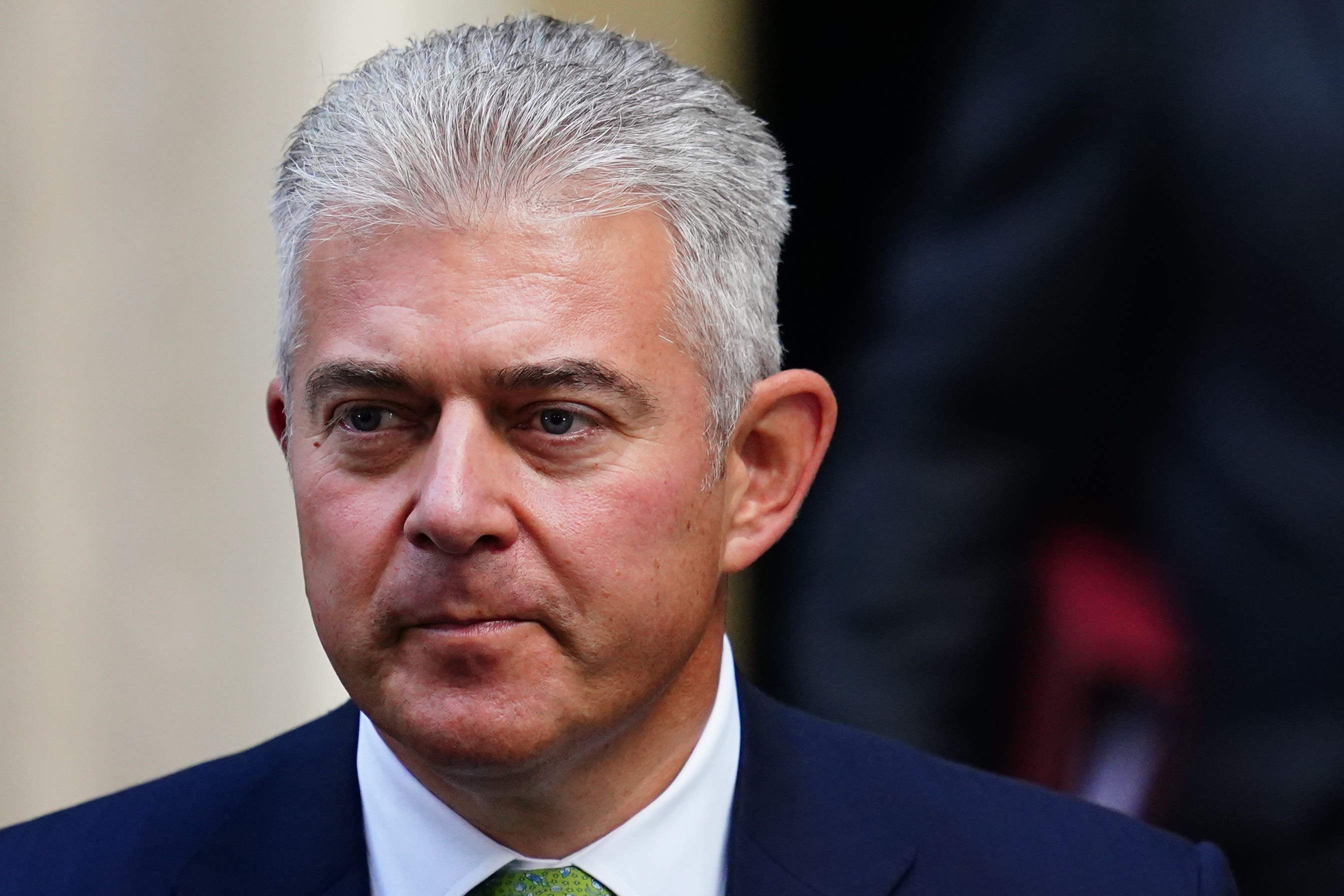
Transgender prisoners “with male genitalia” should no longer be held in women’s prisons, the justice secretary has announced.
In a parliamentary statement, Brandon Lewis said he would bring forward a new policy on the issue later this year.
“Under the reforms, transgender prisoners with male genitalia should no longer be held in the general women’s estate,” he added.
“This will not be a blanket rule; exemptions to these new rules will be considered on a case-by-case basis.
“This will also apply to transgender women who have been convicted of a sex offence.”
Official figures show that the vast majority of trans inmates in England and Wales are held in male prisons, with most of the 40 in women’s jails identifying as male.
A parliamentary committee previously found there was a risk of violence, sexual assault, self-harming and suicide “where trans prisoners are not located appropriate to their acquired/affirmed gender”.
Several trans women have killed themselves in male prisons in the past decade.
Last week, Mr Lewis told the Conservative Party conference that it was “not right that transgender prisoners, when convicted of serious sexual offences or those who have not had reassignment surgery, are housed in the general women’s prison estate”, vowing: “This will end.”
The new justice secretary said there had been sex attacks and inappropriate relationships involving transgender inmates in recent years.
He suggested that the use of “specialist cells” could be increased to “further protect women in prison”.
The statement came days after official figures showed that police-recorded hate crimes targeting transgender people had rocketed by 56 per cent in a year.
Galop, an LGBT+ anti-abuse charity, said transphobic narratives in the media and by senior politicians have been allowed to grow without challenge and were translating into “violence against our community”.

Suella Braverman, the new home secretary, has focused on trans issues in recent weeks, wading into a Twitter row over the gender identity of a child sex abuser and hitting out at “biologically male police officers strip-searching female suspects”.
The former attorney general has been strident in her views at a series of events and interviews, replying when asked what a woman is that “a woman has two X chromosomes, a woman gives birth, a woman does not have a penis”.
The most recent prison service figures show that as of April 2021, there were 197 transgender prisoners in England and Wales.
Three-quarters of trans inmates identified as female, and 80 per cent reported their legal gender as male.
The vast majority of trans women were still being held in male prisons, an official report for 2020-21 said, with only 40 transgender prisoners in women’s jails. Of that group, fewer than five people reported their legal gender as male.
The figures include people who were “presenting in a gender different to their sex assigned at birth”, and exclude people who have already transitioned and have a Gender Recognition Certificate (GRC).
High Court judges found that the current policy was lawful in 2021, after a female prisoner who said she had been sexually assaulted by a trans inmate convicted for serious sexual offences launched a challenge.
The Ministry of Justice argued that its policy pursued the legitimate aim of “facilitating the rights of transgender people to live in and as their acquired gender”, and protected trans women’s mental and physical health.
From 2011, guidance for prisons in England and Wales stated that prisoners should normally be located in the prison estate of their gender as recognised by UK law, and that a Gender Recognition Certificate would normally be necessary before a person could be moved.
After a 2016 policy review, new guidelines stated that “all transgender prisoners (irrespective of prison location) must be allowed to express the gender with which they identify”.
Inmates were allowed to express their view on where they should be held, but decisions to locate them in a jail that did not accord with their legal gender was left to a Transgender Case Board.
The current guidance states that decisions are made on a case-by-case basis and informed by evidence and intelligence to “balance risk and promote the safety of all”.
“The management of individuals who are transgender must seek to protect both the welfare and rights of the individual and the welfare and rights of others around them, including staff,” it adds.
“Where a transgender woman with a GRC is placed in the women’s estate, all known or likely risks she may pose to other women in the estate should be managed, with use of separate accommodation where appropriate.”





!["[T]he First and Fifth Amendments Require ICE to Provide Information About the Whereabouts of a Detained Person"](https://images.inkl.com/s3/publisher/cover/212/reason-cover.png?w=600)

